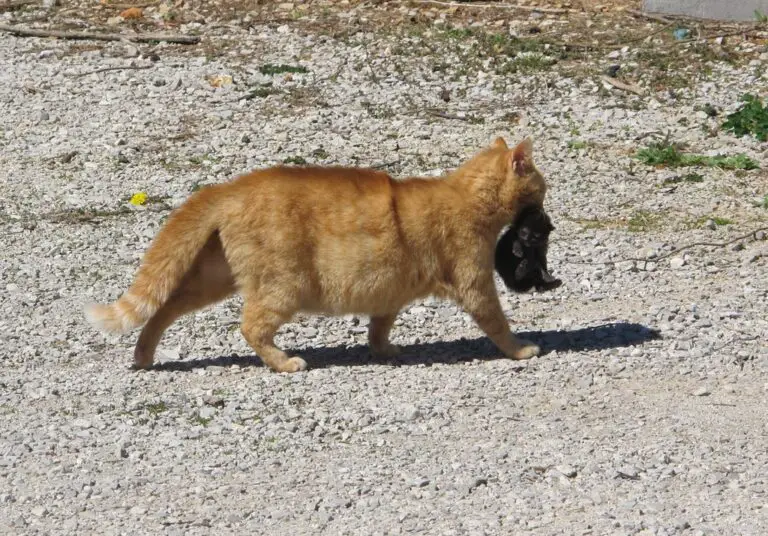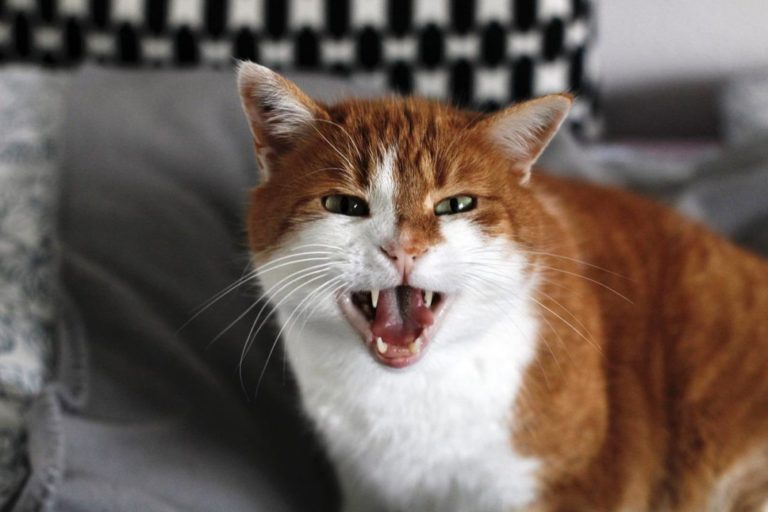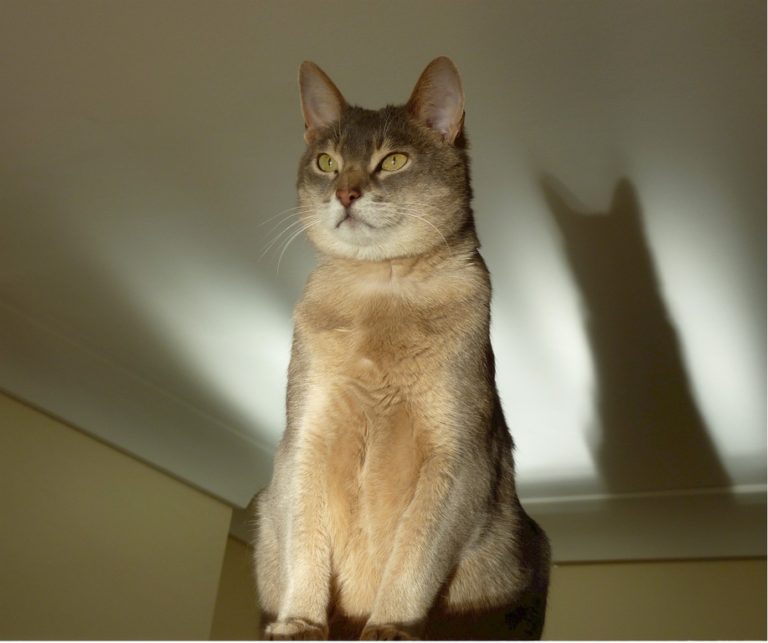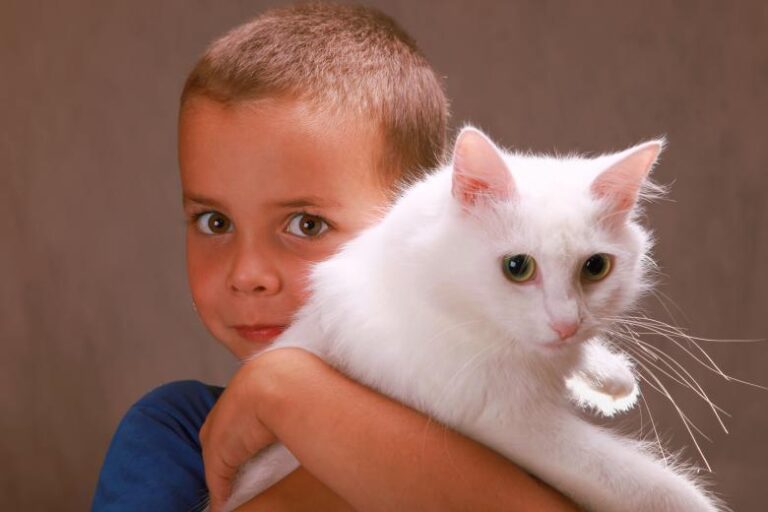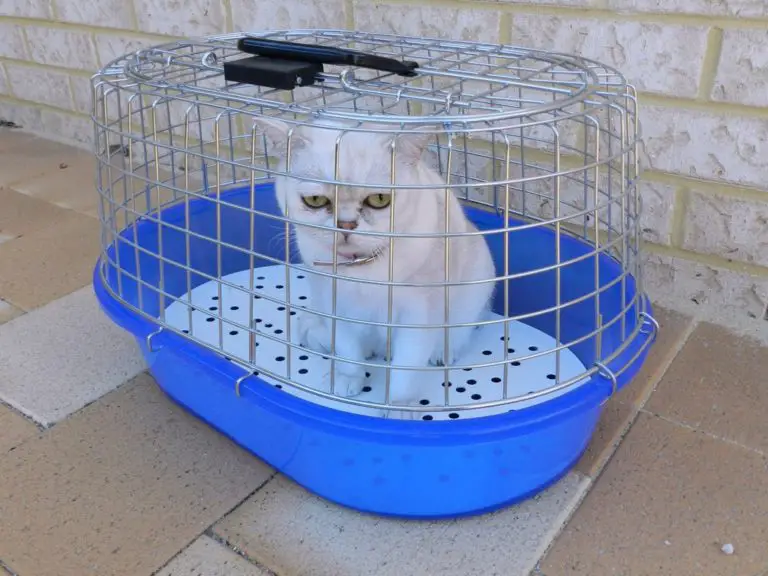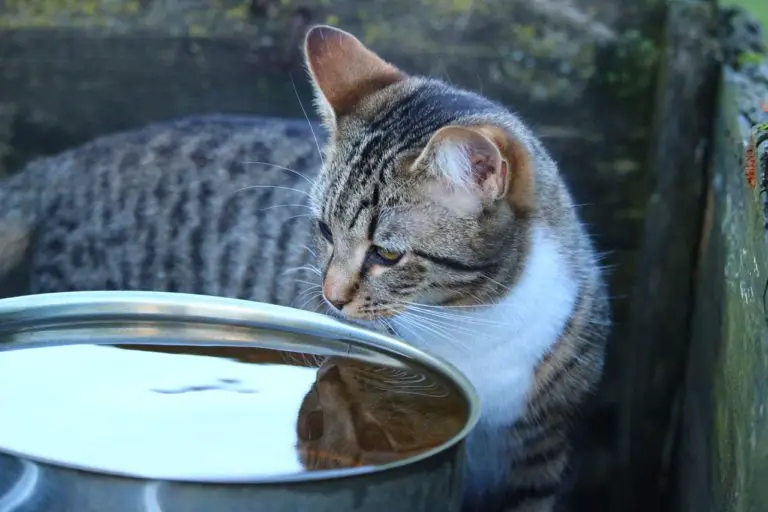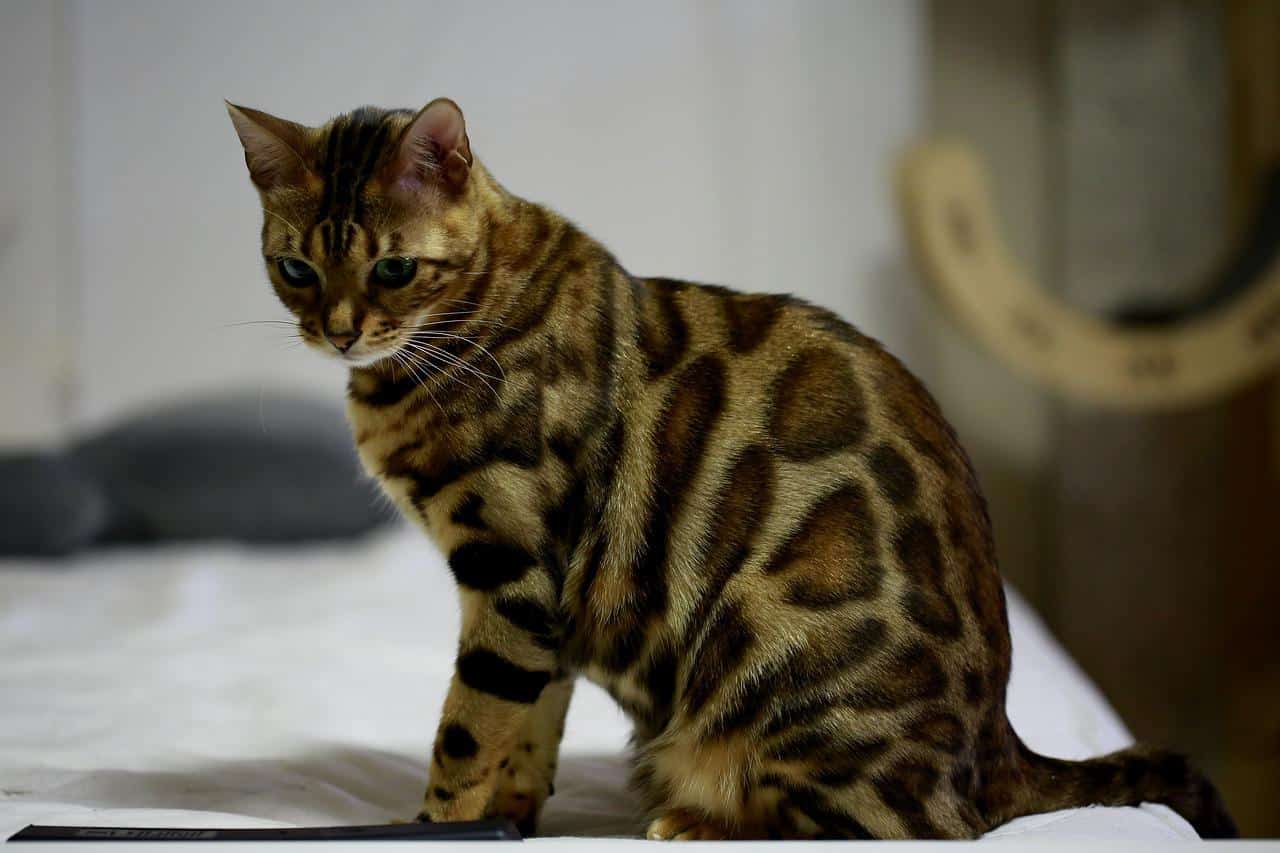
Whether you’re looking for an exotic new addition to your family, or simply curious about the origins of your cat, it’s important to know whether it’s a purebred. If you have an orange and white tabby with green eyes and a short tail, chances are it’s not a Persian — but what if it has stripes or spots? Are they solid black, or do they have spots of gray? The answer can help you figure out if your cat is part Bengal.
There are many different types of cats that can be mistaken for Bengals. Some of these include: Siamese cats (which are actually Asian in origin), Maine Coons (a large domestic breed), Abyssinians (African wild cat hybrids), Ocicats (American wild cat hybrids) and Savannahs (another hybrid cross between two different species).
The first thing to do is to determine whether your cat is in fact a Bengal or a Bengal mix. The easiest way to do this is to look at the tail. The Bengal cat has a short, curled tail, about the same length as its body. The Bengal mix has a longer tail that’s straight or slightly curved and can vary in length from just above the hock (knee) to almost touching the ground.
If you’re still unsure, look at your cat’s coat. A purebred Bengal has a short and very thick coat that is soft and silky in texture with fine spots of color on its face, ears, legs and torso. A Bengal mix may have some of these characteristics but they will be diluted by other breeds’ genes.
If you’re still unsure, take your cat to an experienced veterinarian who can examine it and perhaps perform DNA testing on its fur samples or blood sample.
What 2 Breeds Make a Bengal Cat?
There are four Bengal cat breeds: the Indian, Asian, American and European. These are all variations of the same breed. The difference lies in their coloring and patterning.
But what makes a Bengal cat? There are two main parent breeds that give rise to the Bengal breed: The Asian Leopard Cat (ALC) and the domestic cat (Felis catus). Both these parent cats were originally found in Asia, but have since been domesticated and bred for many generations.
The ALC is smaller than the domestic cat, with longer legs, a more slender body and large ears. Its fur is short and smooth with no undercoat, like that of most wild cats. The domestic cat was originally native to Egypt but was also spread across Europe by humans during their travels as they colonised new lands.
Both breeds have been tamed by man throughout history, so they share similar characteristics – although they remain genetically distinct species despite being able to interbreed successfully when bred together.
You can find Bengal cats in any color, but they tend to have spots. They also have large ears, long tails and other wild-looking features that make them seem like something out of the jungle.
Do Bengal Cats Have an M on Their Forehead?
Bengal cats have a distinctive marking on their forehead that looks like an “M.” You may also see it referred to as a “spot” or “blaze” in some cat breeds. This is a genetic trait, and it’s unique to Bengal cats.
The M marking on the forehead of a Bengal Cat is a dominant trait. This means that if a cat inherits the M marking from both parents, it will have an M on its forehead. If it only receives one of these genes from one parent, it will still have an M marking, but it will be faint or not visible at all.
The M marking can appear in any color on any part of the body — including the face and legs. However, because it’s dominant, it will always be visible in some way.
The question then becomes: Does every Bengal Cat have an M on its forehead? The short answer is yes…but there are some exceptions.
Bengals are one of several felids (cats) that have been bred to exhibit certain traits that aren’t naturally present in their wild counterparts. One example would be how domestic cats tend to have shorter tails than their wild counterparts. Another is how most domestic cats don’t have white spots or stripes like their wild counterparts do — except for Bengals!
How Can I Tell What Breed My Cat Is?
If you’re not sure what breed your cat is, it can be a little tricky to tell. But there are some things to look for that can help you figure it out.
The most common question people have about their cats is: what breed are they? And this can be especially difficult if the cat’s parents weren’t purebreds or if they’ve had several litters of kittens.
The first thing to do is look at your cat’s ears. The shape of a cat’s ears can tell you a lot about its ancestry. For example, Siamese cats have ears that are pointed at the top and rounded at the bottom. They also tend to be slightly longer than other breeds of cats. Persians have small, round ears set close together on the head. Other breeds have different ear shapes, so it’s important to take a look before making an assumption about your pet’s heritage.
You can also check out your cat’s tail length and coloration. If you have an unusual-looking tail, it may be worth looking into where that trait came from — because it could mean that your cat is part of an exotic breed like Savannahs or Bengals.
Another way to find out what breed your cat is is by looking at its coat color and patterning (if any). For example, many Siamese cats have patterns that include white fur on their chests and legs which makes them stand out from other breeds (like black cats).
No matter what method you use to figure out what breed your cat is, it’s important to remember that some cats are mixed breeds. These aren’t purebred animals because they were not bred in a deliberate attempt to create a specific type of cat — they were born from two different breeds or even species of cats.
What Is It Like Owning a Bengal Cat?
Owning a Bengal cat can be an exciting experience. These unique cats are extremely intelligent and energetic. They’re also very social and will want to be around people all the time. They’re great companions for families with children because of their friendly personality.
Bengal cats are active and playful throughout the day, but they’ll also enjoy relaxing with you on the couch at night while watching your favorite TV show or movie.
Bengals are very affectionate, playful and active cats. They love to be active indoors and outdoors, which means they need plenty of toys to keep them entertained! They will run around your house playing with their favorite toys or with you if you are playing with them! If you want to see what it’s like owning a Bengal cat, here are some fun things you can do with your furry friend:
- Take them for walks on the leash
- Play fetch with them using a laser pointer or feathers
- Throw kitty treats into their bowl so they have to jump in after them
- Take them for car rides in your car
How to Tell if Your Cat Is Part Bengal?
If you want to know if your cat is part Bengal, there are several ways to tell. The most obvious way to determine this is by looking at the coat of your cat.
The Bengal cat has a coat that is dense and wavy, but not as much as a Persian’s coat. The fur on a Bengal is also longer than other breeds of cats, although it does not grow as long as a Persian’s fur does.
If your cat has a wide range of colors, including orange, red and brown, then he might be part Bengal.
Bengal cats have spots on the top of their heads and on the backs of their ears. They also have stripes on the sides of their bodies and legs. The spots on the head tend to be more circular in shape, while the spots on the body are more oval shaped.
Bengal cats also have short hair underneath their tails, unlike other breeds of cats that have longer hair underneath their tails.
You can compare your cat with photos of Bengals on the Internet and see if he looks similar to any of them. If so, then there might be some Bengal genes in him after all!

